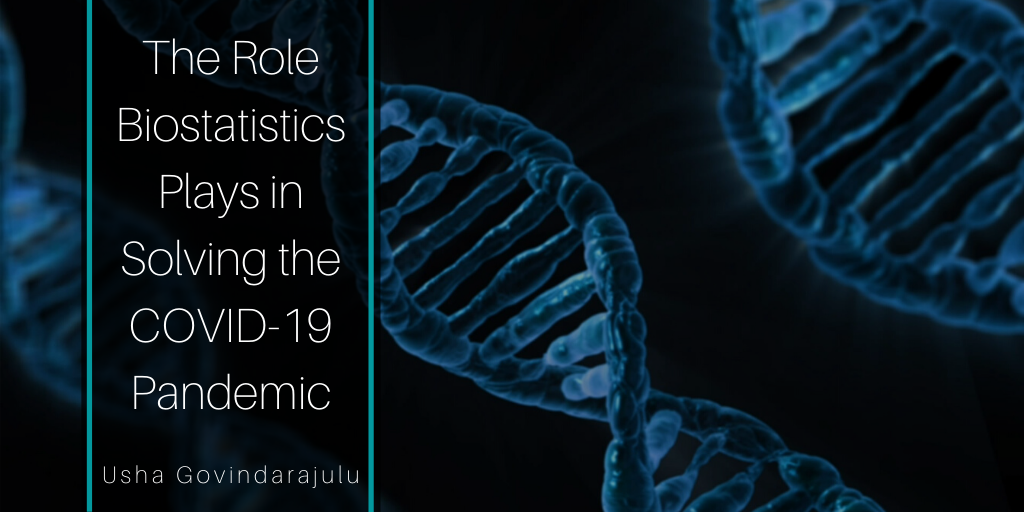We have all heard about the huge impact our medical professionals have day in and day out as they fight COVID-19 in this unprecedented time. We also have witnessed our friends, family, and loved ones doing their part to ensure we slow the spread of the disease in order for our health systems to have a fighting chance. However, most do not know the work biostatisticians are doing to fight COVID-19. Biostatisticians are using the power of data to help guide decision making and tracking how the virus is impacting those around us. Below are a few examples of how biostatistical analysis is helping those on the front lines fight the pandemic.
Understanding Effect Size
When it comes to how effective we are at fighting COVID-19 we have to understand and have benchmarks in place in order to understand the impact being made. For example, if large amounts of data are coming in on new vaccine trials, but they are only marginally effective based on the placebos used, we need individuals who can interpret this data and set how much more effective the vaccine needs to be in order to have a greater impact. It also can provide information on how close we are to an effective vaccine. If we are way far off, then it may be back to the drawing board.
Knowing the Software
Much like any area of expertise, there are certain skills and software that only those who have proper knowledge and experience will be able to navigate. These programs help to shift through data, create expansive reports in relatively short time frames. Every minute counts during this pandemic and we need people who are well versed in the statistical software in order to make critical decisions.
Understanding Statistical Flaws
Right now, doctors and scientists are running all kinds of experiments, working around the clock to figure out the disease, and searching for the best way to curb it. With all of these hypothesis, it’s extremely helpful to know where flaws in the data may be. Biostatisticians are able to parse the data coming from these experiments and actually point out whether a breakthrough will actually apply to a larger sample size or if data that does not look to be of any significance will have a greater impact on a larger scale. The interpretation of this data can be lifesaving.
Power in Data
Finally, the most important role of a biostatistician is their understanding of the power data yields. Most will see the raw data and not be able to make sense of it. However, a biostatistician can take their findings and use it in a clear, concise way to help shape policy, public information, and guide the science behind fighting the virus.
